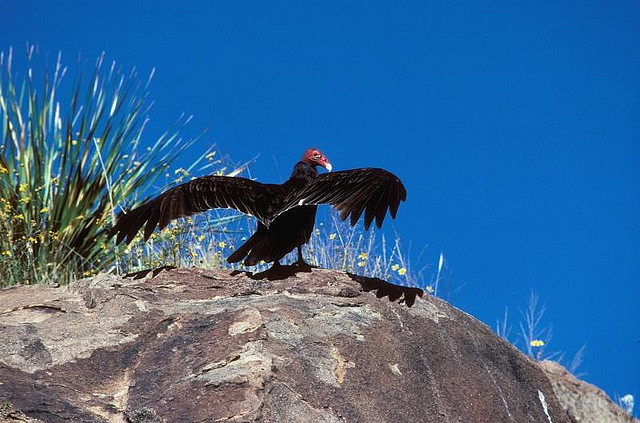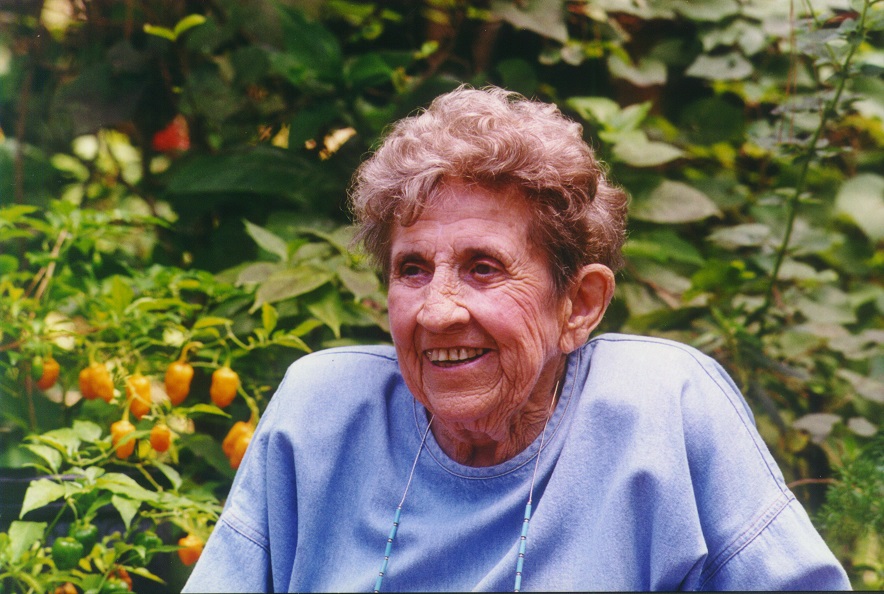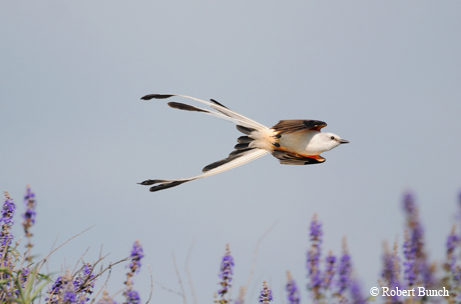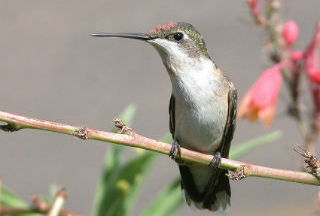Texas Vultures
Monday, June 15th, 2015This is Passport to Texas
Some people call them buzzards, but Cliff Shackelford says the correct ornithological name for the large black birds that dine on road kill is: vulture.
03–We have the turkey vulture and the black vulture.
Shackelford is a non-game ornithologist with Texas Parks and Wildlife.
11- And the best way to tell them apart when they’re perched and sitting on that dead deer carcass on the roadside, is: look at the color of the head on the adults. The black vulture has a gray head and the turkey vulture, a red head.
Vultures circle high above the land in search of a meal.
21- The turkey vulture uses the sense of smell, and they’ll smell their prey. The black vulture, though, uses sight, they’ll look for prey, but they’ll also cheat. They’ll also look for where the turkey vultures are circling–[and decide] I’m going to bump in line. And with their numbers, usually the black vulture can overcome the turkey vulture and get the first little bites.
Other interesting facts: vultures defecate on their legs to cool off–using evaporative cooling; and, when threatened, they vomit.
15-This is a defensive mechanism. They don’t have fangs like a rattlesnake; they don’t have claws like a bobcat. So, their best defense is to throw up what’s in their stomach that was lying on the road for the last three days. And guess what? You’re going to turn away; it’s a great defense.
We learn more about this big bird tomorrow.
For Texas Parks and Wildlife…I’m Cecilia Nasti.






 Passport to Texas is a
Passport to Texas is a  Passport to Texas is made available by:
Passport to Texas is made available by: